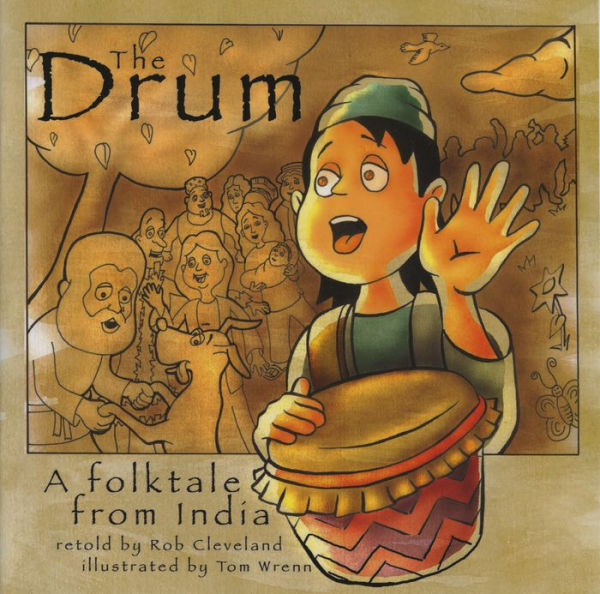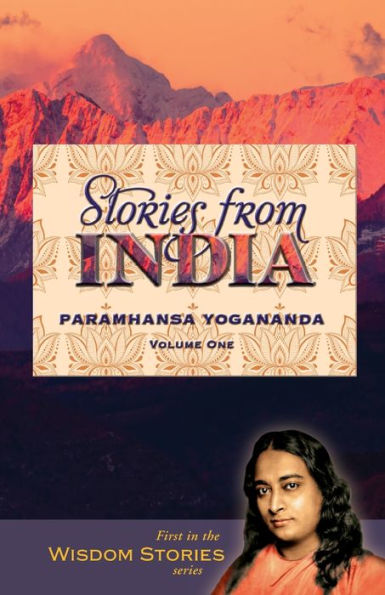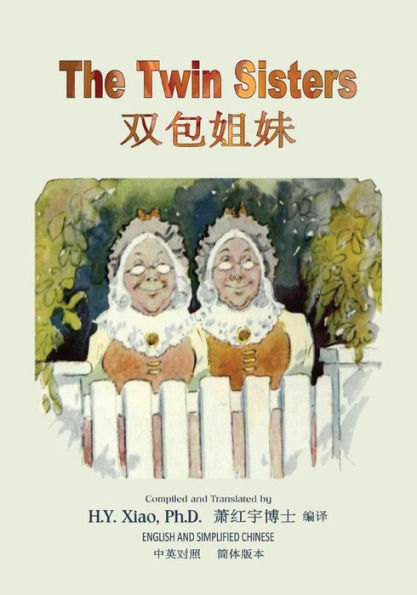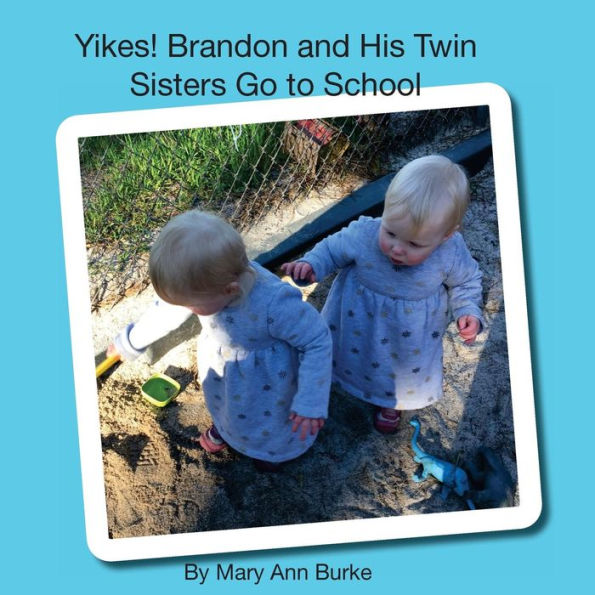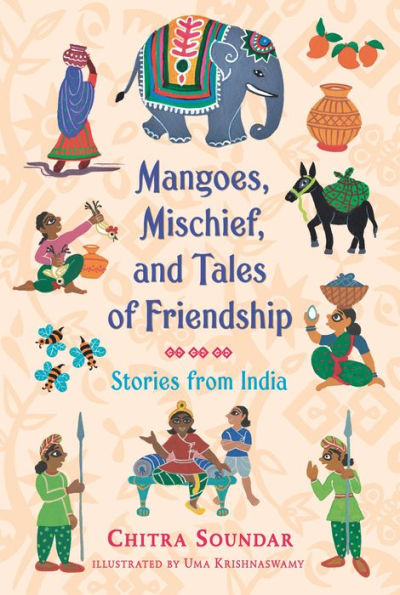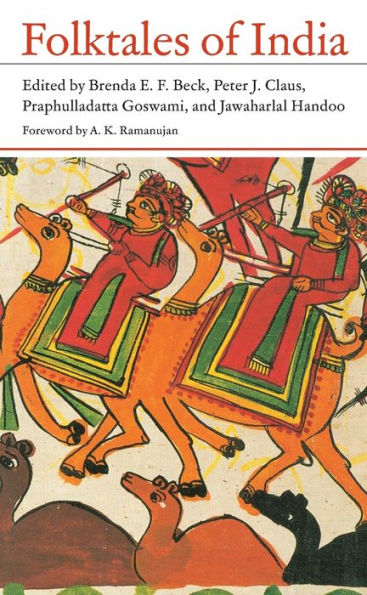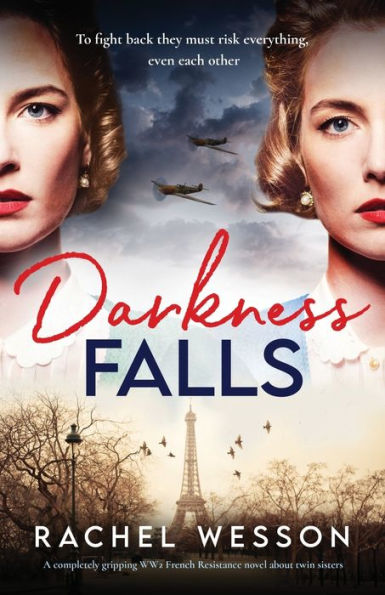Home
The Story of the Twin Sisters: A Folktale from India
Barnes and Noble
The Story of the Twin Sisters: A Folktale from India
Current price: $12.99
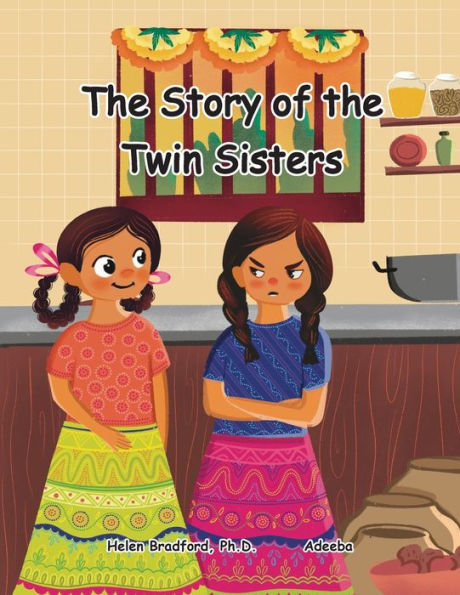

Barnes and Noble
The Story of the Twin Sisters: A Folktale from India
Current price: $12.99
Size: OS
Loading Inventory...
*Product information may vary - to confirm product availability, pricing, shipping and return information please contact Barnes and Noble
"The Story of the Twin Sisters" is based on a folktale from India. It tells the story of Haldi and Adarak, twin sisters with very different approaches to helping their grandparents. The book will support children to learn to confidently recount numbers to five. They will understand that five objects will always remain five objects, no matter how they are organised, as Haldi journeys from her home to her grandparents' and back again.
"The Story of the Twin Sisters" is the first book in the second series (Series 2: Keeping count 1 to 5) of the CAMathories
TM
Folktale Mathamatics
curriculum for children aged 3 - 4 years old. This series help readers to develop an awareness of the " stable order" principle - we always say the numbers in same stable order. The series also help students to further practice counting things that are not objects, such as actions or movement, and things that can not be seen, for example, sounds.
"The Story of the Twin Sisters" is the first book in the second series (Series 2: Keeping count 1 to 5) of the CAMathories
TM
Folktale Mathamatics
curriculum for children aged 3 - 4 years old. This series help readers to develop an awareness of the " stable order" principle - we always say the numbers in same stable order. The series also help students to further practice counting things that are not objects, such as actions or movement, and things that can not be seen, for example, sounds.
